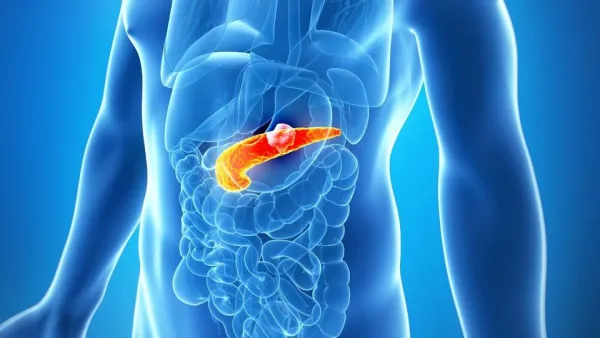Oncologist shares 10 key facts about neuroendocrine tumours you should know
admin | July 15, 2025 12:22 AM CST

When we think about cancer, common types like breast, lung, or colon cancer often come to mind. However, Neuroendocrine Tumours (NETs) deserve attention too.
Usually overshadowed by more prevalent cancers, NETs are becoming increasingly common, according to the scientific journal Springer. They are frequently diagnosed late due to their vague symptoms, which can be easily mistaken for other health issues. Here are 10 facts about neuroendocrine tumours that everyone should be aware of.
Dr Vinay Samuel Gaikwad, Head & Director - Surgical Oncology at Fortis Hospital, emphasises that understanding the nuances of neuroendocrine tumours is crucial for improving patient outcomes and treatment efficacy.
Here are 10 essential facts about neuroendocrine tumours that everyone should be aware of:
1. Understanding neuroendocrine tumours
Neuroendocrine tumours arise from neuroendocrine cells, which are unique cells that are found throughout the body, particularly in the stomach, intestines, pancreas, and lungs. These cells produce hormones that regulate various functions. When they begin to grow abnormally, they can form tumours, some of which can be slow-growing. In contrast, others may be aggressive, as seen in the Institute for Quality and Efficiency in Health Care (IQWiG).
2. Symptoms can be vague
One of the biggest hurdles with NETs is that they often remain asymptomatic until advanced stages, as per StatPearls. Common symptoms include:
- Abdominal pain
- Diarrhea
- Sweating
- Unexpected weight loss
- Weakness
- Skin flushing
- Advanced screening: Improved diagnostic techniques are enabling healthcare providers to identify NETs more frequently.
- Lifestyle and environmental factors: Changes in lifestyle and environmental exposures are likely contributing to this increase.
- The location of the tumour
- Its aggressiveness
- Whether it has metastasised (spread)
- Surgery: Early detection often allows for successful surgical removal.
- Minimally invasive techniques: Laparoscopic and robotic surgeries can reduce recovery time and complications.
- Medical treatments: For advanced tumours, treatment may involve targeted medications, hormone therapies, or radiation.
- Specialised procedures: Techniques such as HIPEC (Hyperthermic Intraperitoneal Chemotherapy) may be utilised in specific situations.
- Family history of neuroendocrine cancers
- Genetic syndromes, such as Multiple Endocrine Neoplasia (MEN)
- Age, as risk increases with age
- Stay educated about their condition
- Maintain open communication with healthcare professionals
- Join support groups for emotional and psychological support
READ NEXT
-
How to increase children’s immunity in monsoon? Learn right catering, avoiding and health tips

-
HR Exec Sings To Employees After Announcing Layoffs

-
Life Gets Way Easier For 3 Zodiac Signs After July 15, 2025

-
New Shades for All Models Revealed

-
Why Did Chevy Stop Making The OG TrailBlazer In North America?
